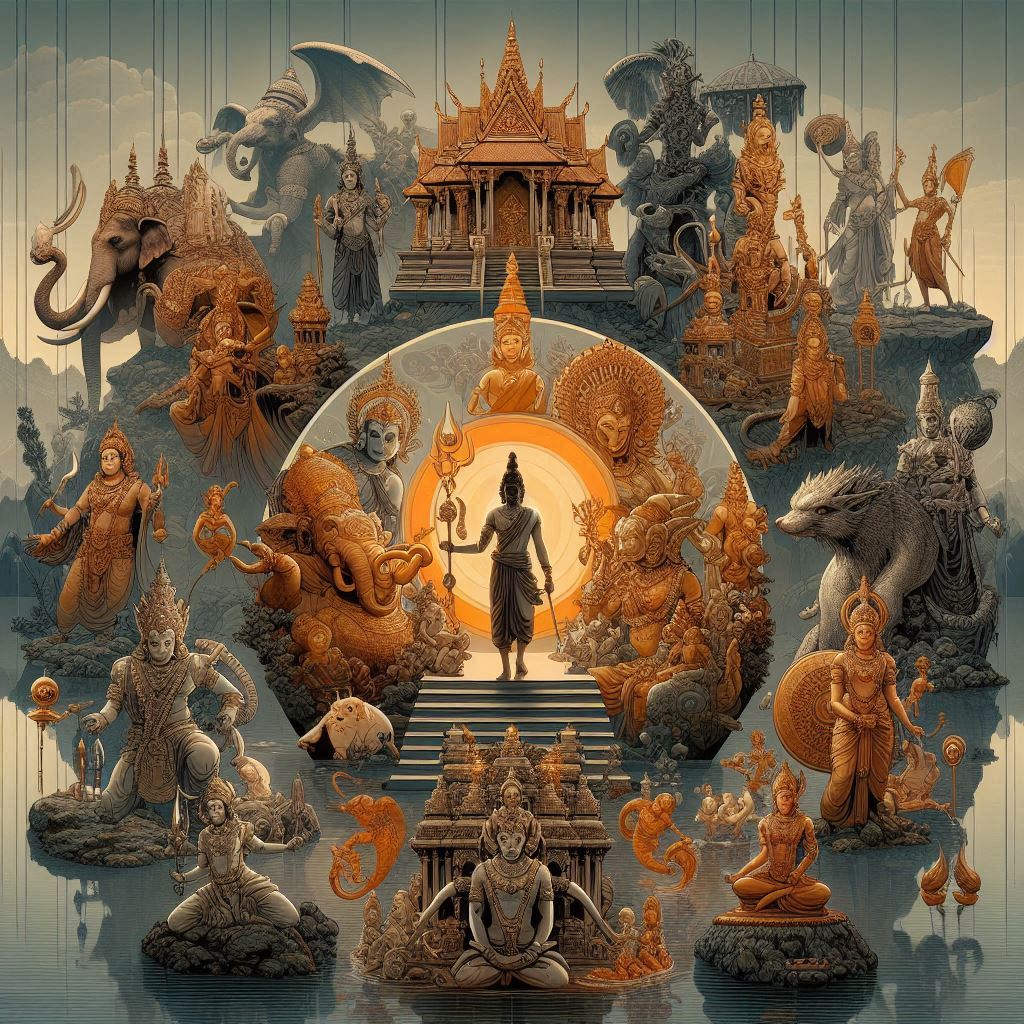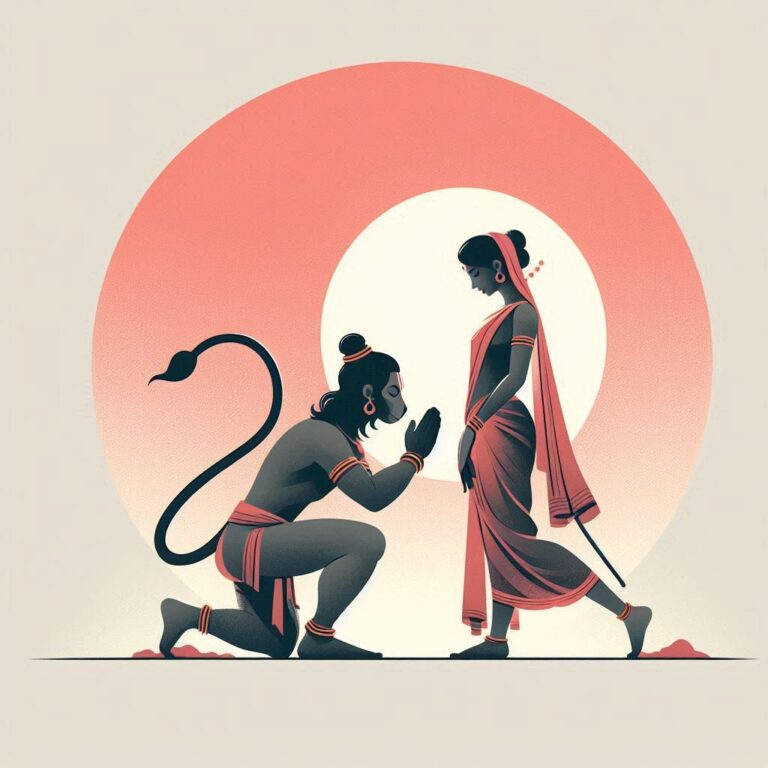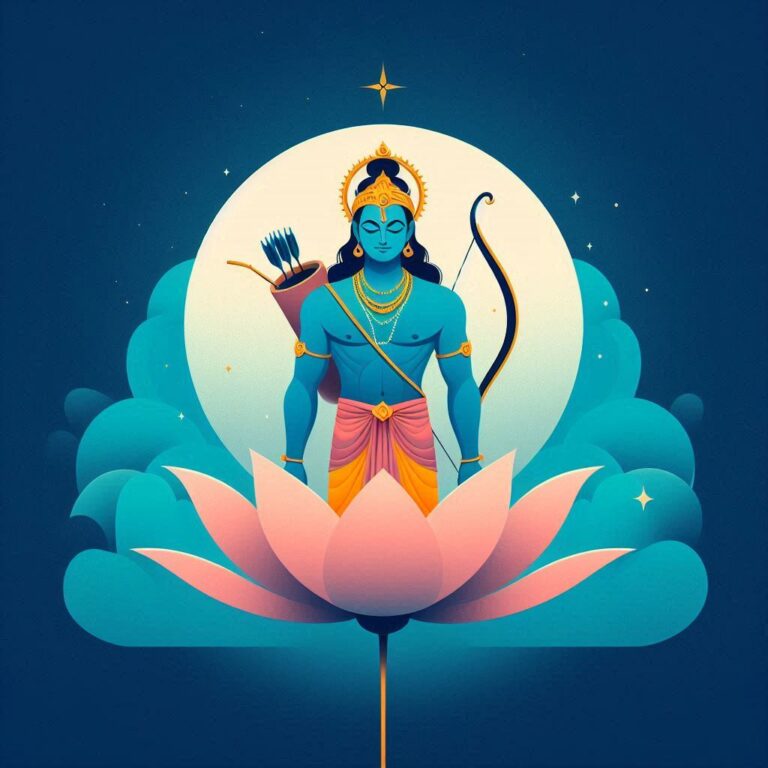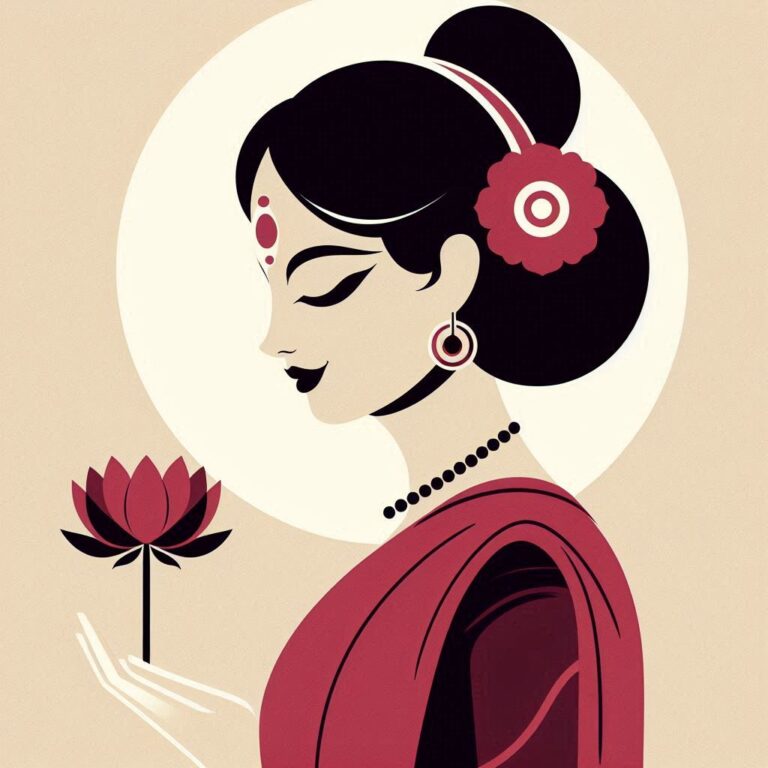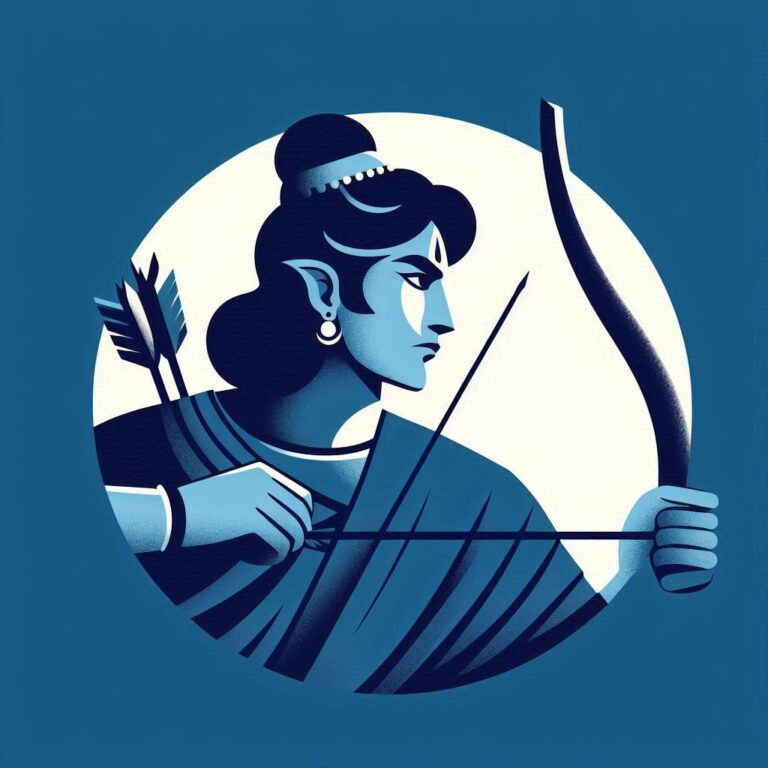Diverse Adaptations and Interpretations of the Ramayana Explored
Diverse Adaptations of the Ramayana: An Overview
The Ramayana, one of the two great epics of ancient India, holds a mirror to human nature, showcasing enduring values, relationships, and moral dilemmas. But did you ever think about how this ancient text finds itself being reimagined and adapted across different cultures and mediums? In this article, we will embark on a fascinating journey through the myriad interpretations of the Ramayana, tracing its evolution from classic text to modern transformations. So, buckle up and let’s dive in!
Understanding the Ramayana
Before we jump into adaptations, let’s take a moment to appreciate what the Ramayana is all about. Composed by Valmiki, the Ramayana narrates the life of Prince Rama, his beautiful wife Sita, and his loyal companion Hanuman, together showcasing the triumph of good over evil. It is not just a story; it’s a treasure trove of philosophy, ethics, and devotion that offers guidance on how to live a moral life.
The Timeless Appeal
Why does the Ramayana continue to resonate with audience members even centuries later? It’s because the themes are universal. Love, betrayal, duty, and righteousness transcend cultural boundaries. Whether you’re living in a small village in India or a bustling city in the West, you can relate to the characters and their struggles. This relatability plays a significant role in the Ramayana’s numerous adaptations.
Traditional Adaptations: From Text to Stage
1. Sanskrit Plays:
Traditionally, the Ramayana was transformed into various plays in classical Sanskrit theatre. The most notable version is the “Ramakatha” performed by various troupes, which retained the essence of Valmiki’s narrative while adding local flavors.
2. Shadow Puppetry:
In South India, shadow puppetry (called “Tholpavakuthu”) brought the Ramayana to life, using intricate puppets and dramatic storytelling. This technique captivates the audience with its visual storytelling, converting words into artistry.
Regional Versions: A Melting Pot of Cultures
3. Bengali Ramayana:
The Bengali version, known as “Krittivasi Ramayana,” penned by Krittivasa Ojha in the 15th century, interweaves local customs with the original story.
Example Doha:
दौला मोर निरंतर, राम मन हर।
Daule mor nirantar, Ram man har.
My heart is ever ensnared by Rama.
This doha highlights the deep spiritual connection that devotees have with Lord Rama as illustrated in regional texts.
4. Tamil Ramayana:
The “Kamba Ramayanam,” authored by Kambar in the 12th century, infuses Tamil culture and traditions, making it unique. Here, Rama is portrayed not just as an ideal man (Maryada Purushottama) but also as a divine incarnation.
5. Southeast Asian Interpretations:
Moving beyond India, the Ramayana has influenced cultures in Southeast Asia, resulting in unique interpretations. The “Ramayana” in Indonesia is a staple in traditional dance and theatre, merging local aesthetics with the core narrative.
Example Shloka:
रामो राजमणिः सदा विजयते।
Ramo Rajamani sada vijayate.
Rama, the jewel of kings, always triumphs.
This shloka echoes the constant victory of dharma over adharma, cementing the Ramayana’s significance worldwide.
Modern Adaptations: Transforming the Narrative
1. Literature:
Contemporary authors like R.K. Narayan and Amish Tripathi have taken the Ramayana and given it fresh voices. Narayan’s “The Ramayana: A Shortened Modern Prose Version” makes the epic accessible to today’s readers.
2. Television:
Who can forget the epic television serials, like “Ramayana” directed by Ramanand Sagar, which reached millions? These adaptations brought the characters into the living rooms of Indian families and became a cultural phenomenon.
3. Cinema:
Films like “Raavan” and “Raam Leela” have taken bold reinterpretations of the epic, weaving in modern elements of romance and drama.
4. Graphic Novels and Web Series:
In the digital age, web series like “Ram Siya Ke Luv Kush” and graphic novels are modernizing the narrative. They’re diving deep into character backstories while also appealing to younger audiences.
Cultural Interpretations: Ramayana in Various Faiths
1. Jain Adaptation:
The Jain version of Ramayana offers a different take. In this adaptation, the narrative centers around the moral and spiritual lessons rather than the heroic exploits of Rama.
2. Buddhist Influence:
The Ramayana also appears in Buddhist texts, where Hanuman is often emphasized more than the principal characters. This reflects the significance of devotion in Buddhism.
Example Doha:
बच्चा वि बदी पुज्य करे तिन दुश्ट लूटा।
Baccha vi badi puja kare tin dusht lootaa.
Even a child respects, but the wicked do not.
This doha calls attention to the importance of moral values, transcending the characters’ ethical dilemmas in various adaptations.
Symbolism and Themes Across Adaptations
Regardless of the interpretation, the Ramayana serves as fertile ground for exploring themes such as:
- Dharma (Righteousness): Upholding moral duties remains a dominant theme.
- Devotion (Bhakti): Lord Rama’s unwavering love and dedication are celebrated.
- Good vs. Evil: The eternal battle between good and evil is a compelling narrative thread.
- Gender Dynamics: Women like Sita showcase strength, resilience, and sacrifice, catering to modern discussions on gender.
Conclusion
The Ramayana is a living, breathing entity that evolves as it moves through different cultures and interpretations. It’s mesmerizing to see how a story that originated centuries ago continues to inspire adaptations today. Each rendition—whether through literature, cinema, or traditional art—invites us to reflect on our lives in relation to the eternal values embodied in the epic.
Embracing both traditional and modern interpretations allows us to appreciate the depth of this great work and understand its significance across various contexts. So the next time you hear the tale of Rama and Sita, remember, there’s so much more than meets the eye!
FAQs
-
What is the original language of the Ramayana?
- The original Ramayana was composed in Sanskrit by Valmiki.
-
Are there different versions of the Ramayana in Indian languages?
- Yes, various Indian languages, such as Bengali and Tamil, have their own adaptations which reflect regional cultures and values.
-
What role does Hanuman play in the Ramayana?
- Hanuman is depicted as a devoted servant of Rama, symbolizing loyalty and devotion.
-
How has the Ramayana influenced popular culture?
- The Ramayana has inspired numerous films, television shows, and works of literature, adapting its themes to modern storytelling.
-
Why is the Ramayana considered significant across different religions?
- The Ramayana conveys universal themes of morality and devotion, making it relevant to multiple faiths, including Hinduism, Buddhism, and Jainism.
